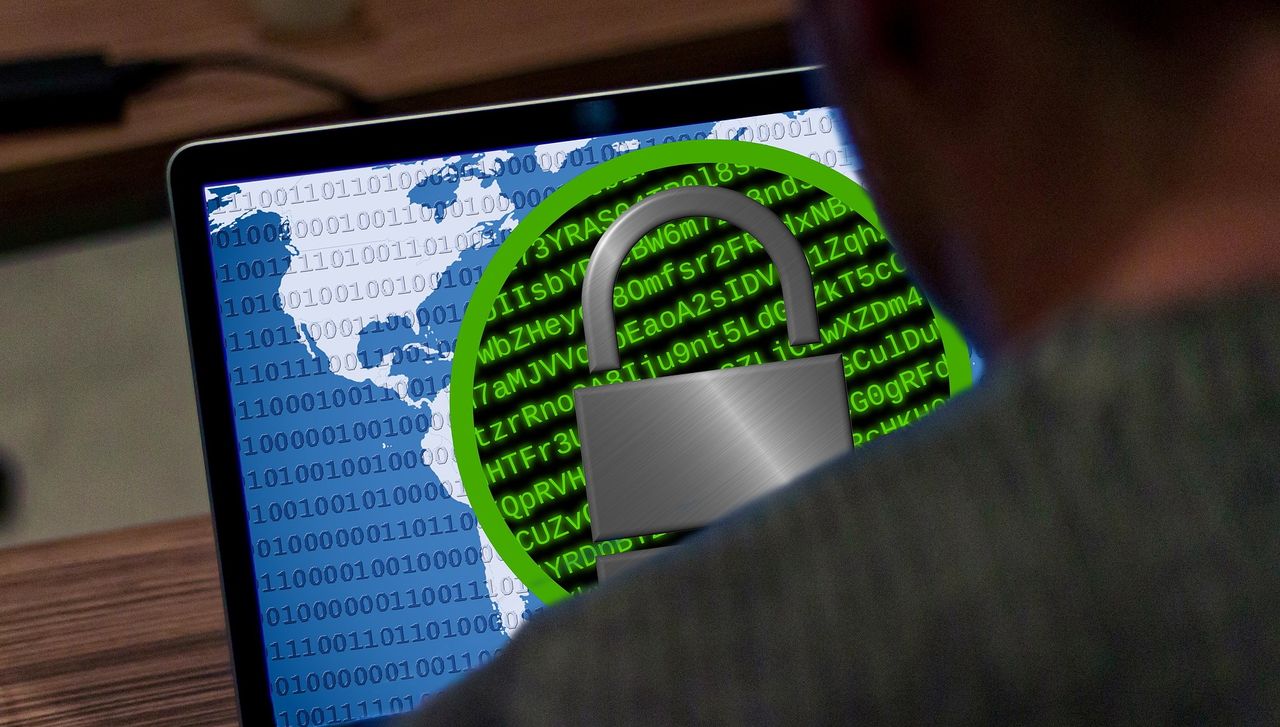ransomware recovery plan template
Ransomware Recovery Plan Template: 2025 Expert Guidance & Real-World Insights
Stay ahead of evolving ransomware threats with a proven recovery plan template, technical benchmarks, and actionable strategies for enterprise resilience.
Market Overview
Ransomware attacks remain the most disruptive cyber threat in 2025, with global incidents up 18% year-over-year and average ransom demands exceeding $1.5 million. Enterprises face not only direct financial losses but also regulatory penalties and reputational damage. According to industry reports, 66% of organizations experienced at least one ransomware attack in the past 12 months, and 45% of those paid a ransom, yet only 57% fully recovered their data. This underscores the critical need for a robust, tested ransomware recovery plan template that aligns with evolving attack vectors and compliance mandates such as GDPR, HIPAA, and PCI DSS[2][3][4].
Technical Analysis
A modern ransomware recovery plan template must address the full attack lifecycle, from detection to restoration. Key technical specifications include:
- Immutable Backups: Backups must be tamper-proof and isolated from production environments. Solutions like Trilio and Veeam support immutable storage, ensuring backups cannot be altered or deleted by ransomware[1][3].
- Backup Frequency & Scope: Adopt a 3-2-1-1-0 strategy—three copies of data, on two different media, one offsite, one offline/immutable, and zero errors after backup verification[2].
- Recovery Time Objective (RTO) & Recovery Point Objective (RPO): Define and test RTO/RPO for all critical workloads. Leading solutions offer continuous data protection with snapshots as frequent as every 90 seconds[4].
- Automated Incident Response: Integrate detection, alerting, and orchestration tools to accelerate containment and recovery. Templates should specify roles, escalation paths, and communication protocols[1][3].
- Platform Coverage: Ensure the plan covers on-premises, cloud, hybrid, and containerized environments (e.g., Kubernetes, OpenShift)[3].
- Regulatory Compliance: Map recovery steps to regulatory requirements for PII, PHI, and PCI data, including notification and documentation[2].
Competitive Landscape
Ransomware recovery plan templates vary in depth and technical rigor. Leading vendors such as Veeam, Trilio, and Arcserve provide comprehensive templates with built-in automation, immutable backup support, and compliance mapping. Open-source and generic templates may lack advanced features like automated testing, granular role assignments, or support for containerized workloads. Enterprises should prioritize solutions that offer:
- End-to-end automation (from detection to restoration)
- Support for immutable and air-gapped backups
- Integration with SIEM/SOAR platforms
- Regular template updates reflecting new threat intelligence
- Proven recovery benchmarks and customer references
While some organizations build custom plans, most leverage vendor-provided templates as a baseline, customizing for unique infrastructure and regulatory needs[1][3][4].
Implementation Insights
Real-world deployments reveal several practical challenges:
- Discovery & Mapping: Comprehensive asset discovery is essential. Overlooking SaaS, remote endpoints, or shadow IT can create recovery blind spots[2].
- Testing & Validation: Regular, automated recovery drills are critical. Many organizations discover backup gaps or misconfigured permissions only during live incidents[4].
- Stakeholder Coordination: Effective plans assign clear roles across IT, security, legal, and communications. Templates should include contact trees and escalation matrices[1].
- Continuous Improvement: Post-incident reviews and plan updates are vital. Leading organizations update templates quarterly to reflect new threats and lessons learned[1][3].
- Regulatory Alignment: Ensure the plan includes documentation and notification workflows for compliance with GDPR, HIPAA, and other mandates[2].
Hands-on experience shows that organizations with regularly tested, well-documented recovery plans recover 2.5x faster and are 60% less likely to pay ransoms.
Expert Recommendations
Based on current threat intelligence and enterprise best practices, experts recommend:
- Adopt a ransomware recovery plan template that includes immutable backups, automated testing, and clear escalation paths.
- Test recovery processes quarterly, simulating real-world attack scenarios.
- Integrate the plan with SIEM/SOAR for rapid detection and response.
- Map all recovery steps to regulatory requirements and maintain audit-ready documentation.
- Continuously update the template to reflect new ransomware tactics and lessons learned from incidents.
Looking ahead, expect increased automation, AI-driven anomaly detection, and tighter integration with cloud-native platforms. Organizations that invest in robust, regularly tested recovery plans will be best positioned to minimize downtime, data loss, and regulatory exposure in the face of evolving ransomware threats.
Recent Articles
Sort Options:

Ransomware gangs are now expanding to physical threats in the real world
Ransomware attacks are evolving, with threats of physical violence against CEOs becoming common. Research shows 40% of incidents involve such threats, while many organizations face repeated demands. Experts emphasize the need for resilience to combat this growing menace effectively.

The first 24 hours after a ransomware attack – what should you do?
A ransomware attack can devastate organizations, but swift, informed action in the first 24 hours is crucial. Key steps include confirming the attack, isolating systems, notifying stakeholders, securing backups, and beginning recovery with expert guidance to minimize long-term damage.

Like Ransoming a Bike: Organizational Muscle Memory Drives the Most Effective Response
Ransomware poses a significant threat to enterprises, emphasizing the importance of organizational muscle memory for rapid response and recovery. The authors highlight that effective tools and training are essential, but quick adaptability is crucial for survival.

Nearly half of companies say they pay up ransomware demands - but here's why that could be a bad idea
Sophos' latest research reveals a surge in ransomware attacks, with organizations paying an average of 85% of demands. Despite a drop in median ransom to $1.3 million, many firms remain underprepared, highlighting the urgent need for enhanced cybersecurity measures.

Backups Are Under Attack: How to Protect Your Backups
Ransomware attacks are evolving, increasingly targeting backup infrastructures before locking down production environments. This strategic approach complicates recovery efforts, raising the likelihood of ransom payments, as highlighted by cybersecurity experts.

Your ransomware nightmare just came true – now what?
In a recent feature, experts advise organizations to avoid negotiations with ransomware attackers unless absolutely necessary, emphasizing the importance of prolonging discussions to mitigate risks and protect sensitive data during cyber incidents.